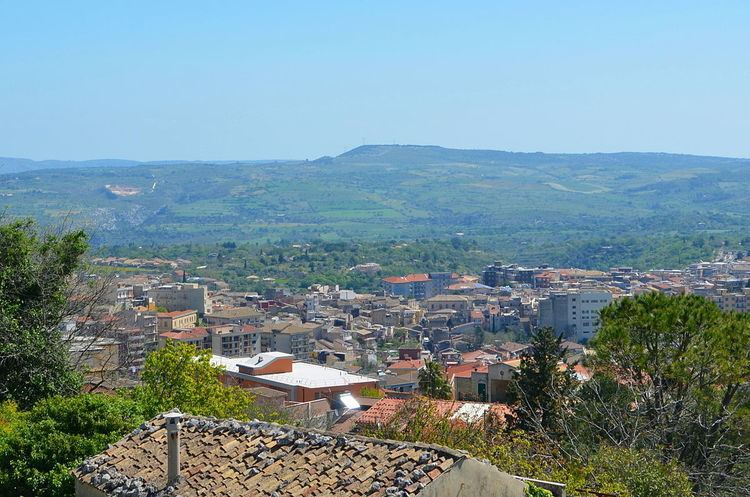Time zone CET (UTC+1) Elevation 670 m Local time Tuesday 7:54 AM | Demonym(s) Palazzolesi Postal code 96010 Patron saint Paul the Apostle | |
 | ||
Weather 11°C, Wind E at 10 km/h, 76% Humidity | ||
Palazzolo Acreide (Sicilian: Palazzolu Acrèidi, in the local dialect: Palazzuolu) is a town and comune in the Province of Syracuse, Sicily (Italy). It is 43 kilometres (27 mi) from the city of Syracuse in the Hyblean Mountains.
Contents
- Map of 96010 Palazzolo Acreide Syracuse Italy
- History
- Ancient city
- Economy
- Main sights
- Personalities
- References
Map of 96010 Palazzolo Acreide Syracuse, Italy
History
The area around Palazzolo Acreide has been inhabited since ancient times. In the 10th-11th centuries B.C.E, the Siculi lived here in small villages. The town occupies the site of the ancient Akrai (Latin Acrae), founded by Syracuse around 664 BC. The city was important as it controlled the paths of communication between the towns on the southern coast of the island. According to Thucydides, the Syracusans defeated the Athenians here in 413 BC.
In the treaty between the Romans and Hiero II of Syracuse in 263 BC it was assigned to the latter. After the Roman conquest, it became a civitas stipendiaria, and was still prospering in the course of the early Christian age.
The old city was probably destroyed by the Arabs, in the first half of the 9th century. The new city was built around a Norman castle, which no longer exists. An earthquake in 1693 destroyed almost the entire city, which was slowly rebuilt in the following centuries.
Ancient city
The Ancient City lies on the hill above the modern town, the approach to it being defended by quarries, in which tombs of all periods have been discovered. The auditorium of the small theatre is well-preserved, though nothing of the stage remains. Nearby are the ruins of other buildings, which bear, without justification, the names Naumachia, Odeum (perhaps a bath establishment) and Palace of Hiero. The water supply was obtained by subterranean aqueducts. In the cliffs of the Monte Pineta to the south are other burial niches, and curious bas-reliefs called Santoni or Santicelli, carved in the 19th century by a peasant proprietor, which also appear to be related to funeral ceremonies. Also nearby is the necropolis of the Acrocoro della Torre, where many sarcophagi have been found. About 5 miles (8 km) north lies Buscemi, near which a sacred grotto has been discovered; and also a church cut into the rock and surrounded by a cemetery.
Economy
The economy of Palazzolo Acreide relies mainly on agriculture (cereals) and farming of cattle and sheep. The population in 2009 was approximately 9,000, growing to 15,000 by 2016.
